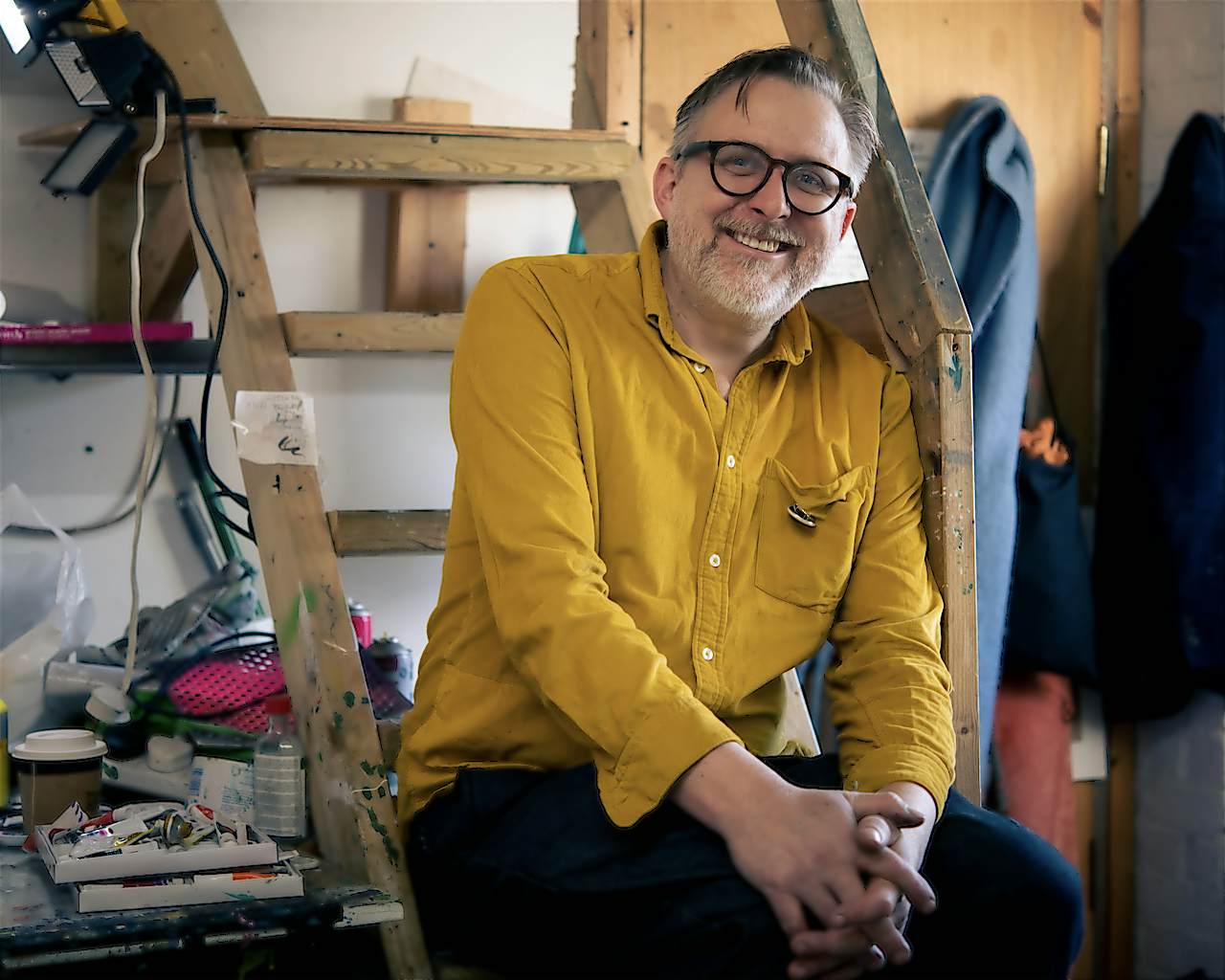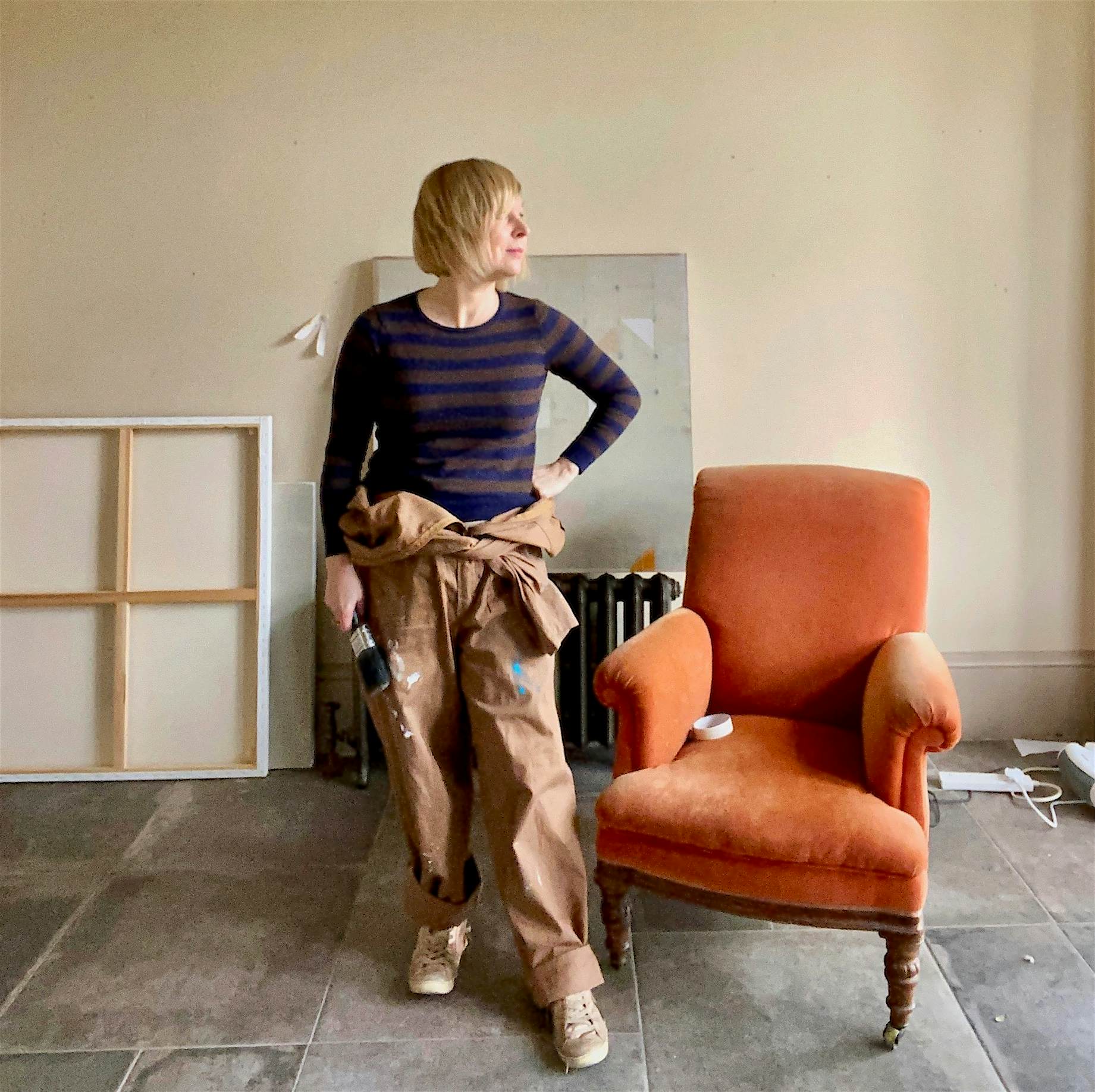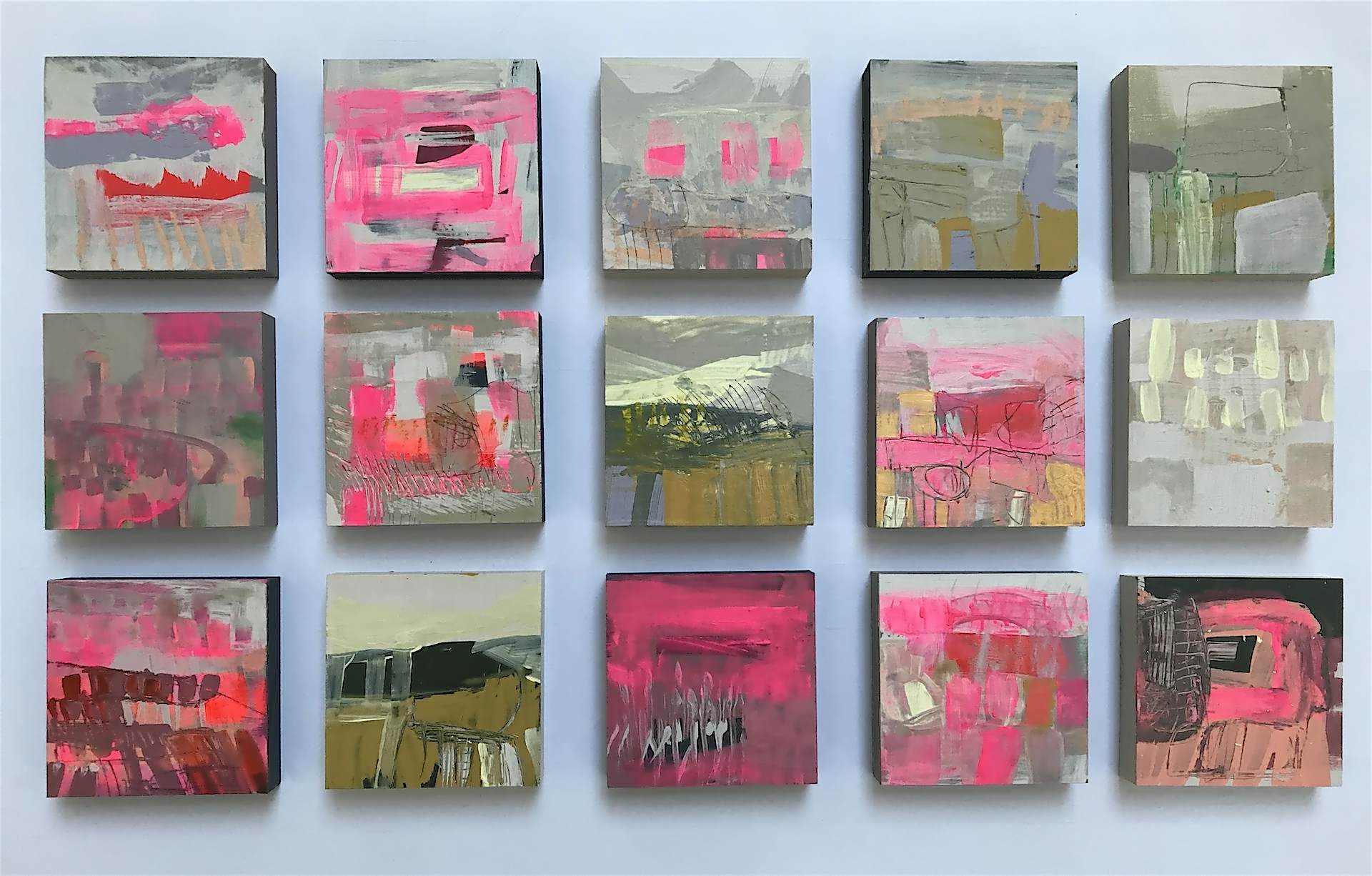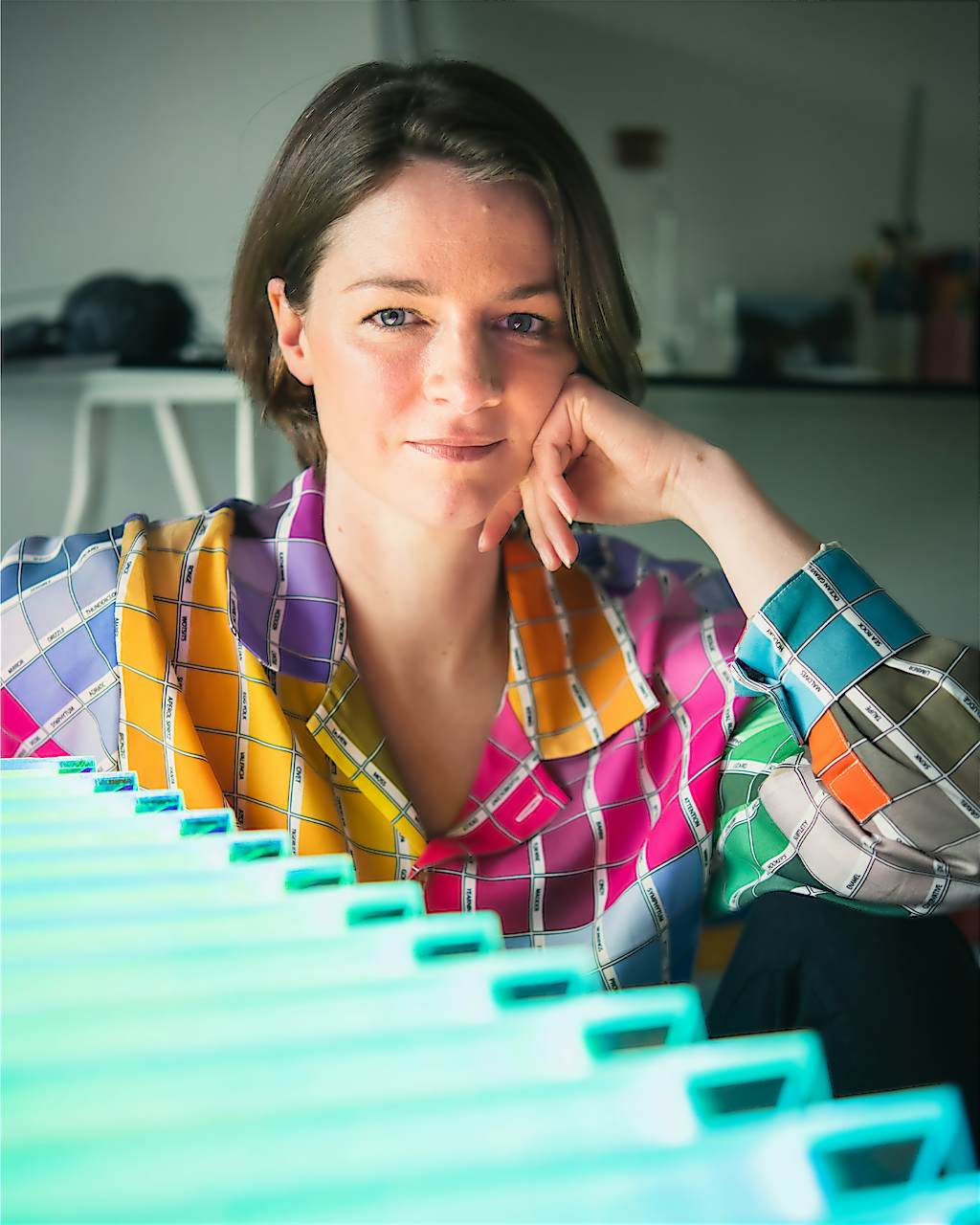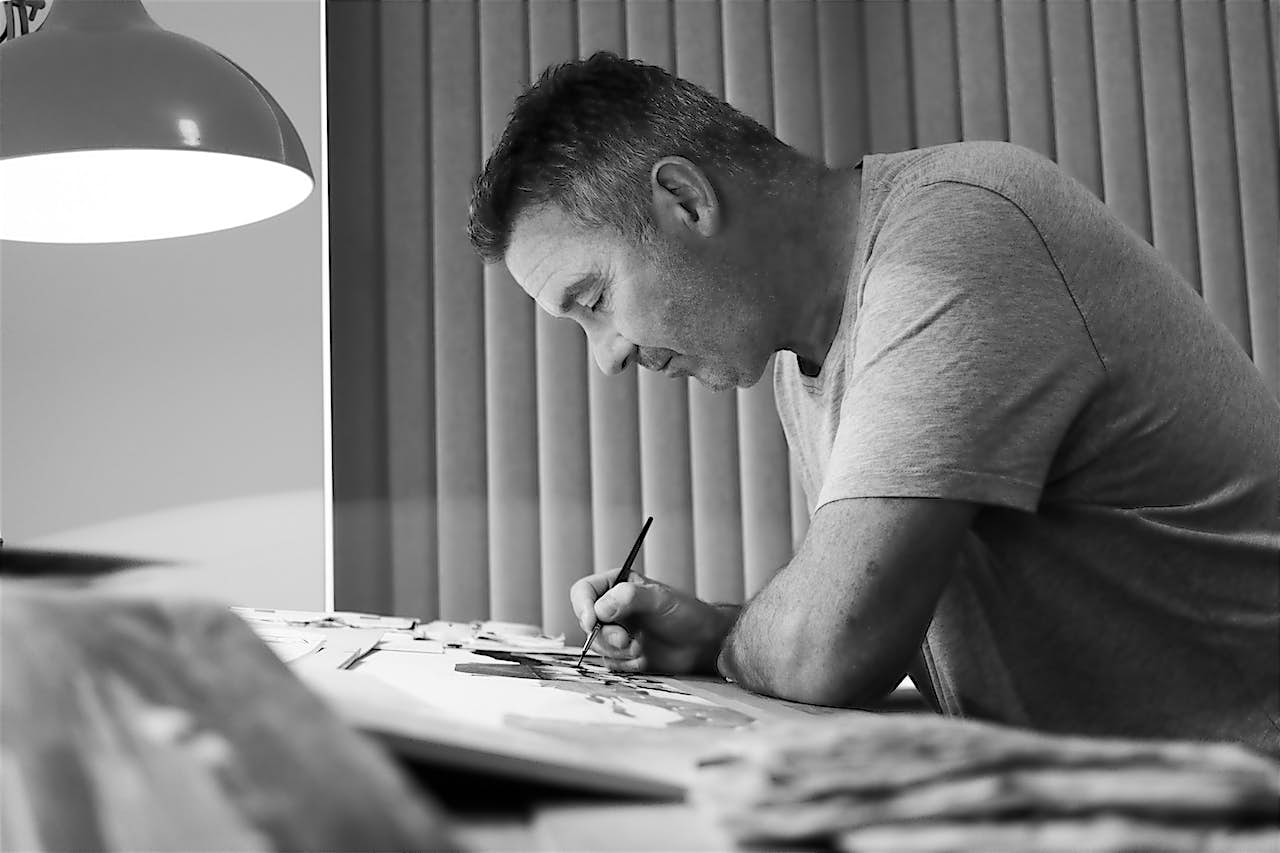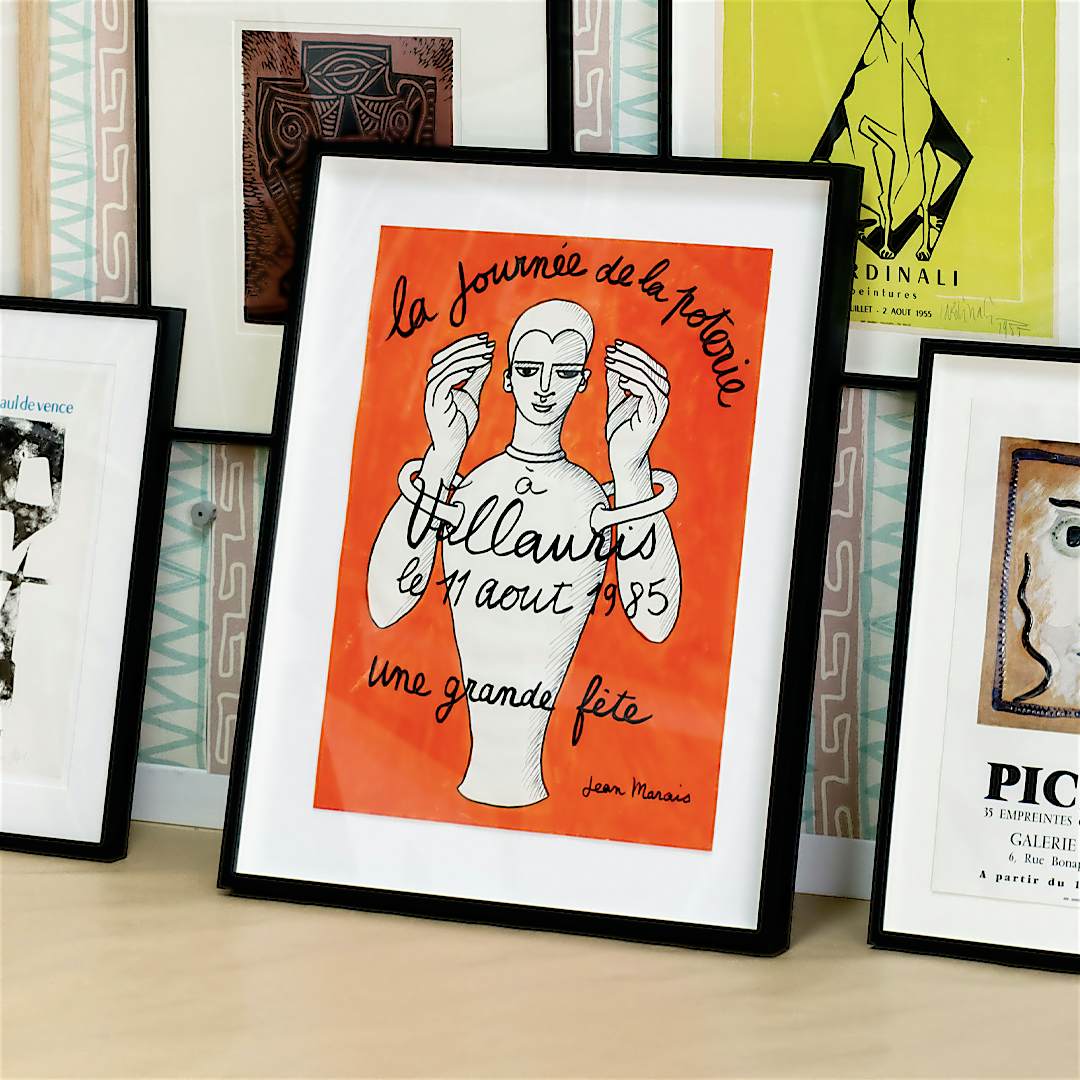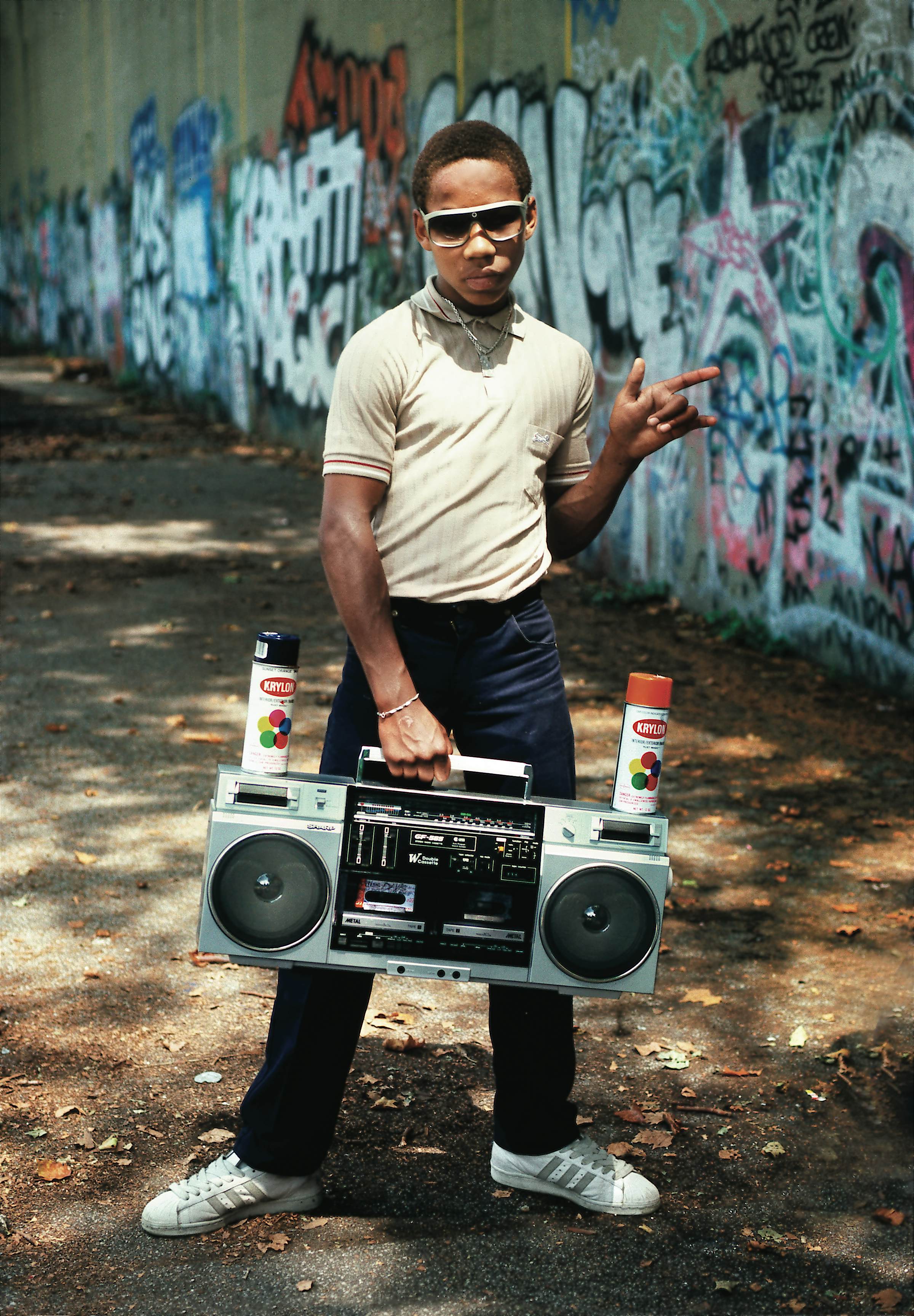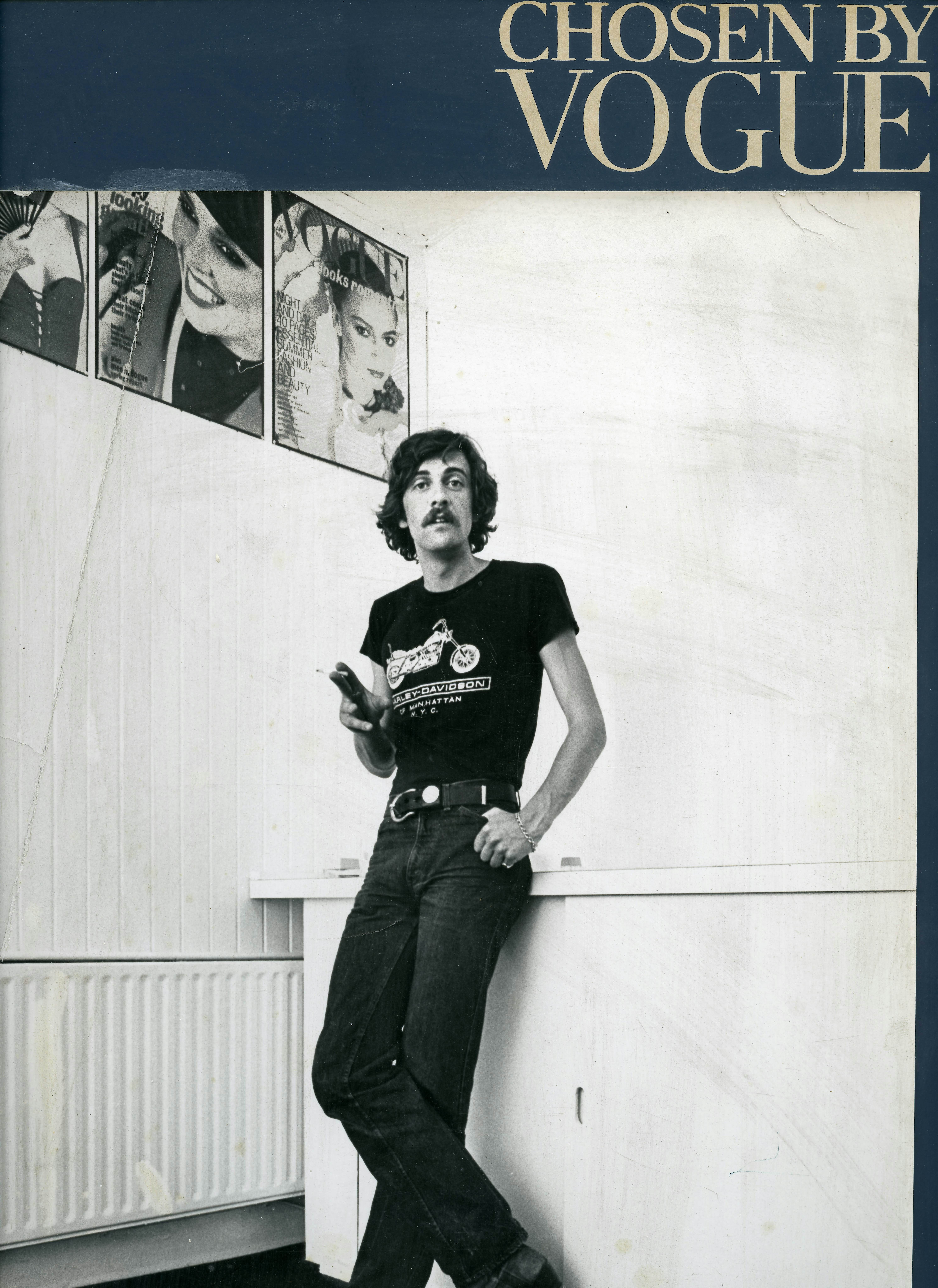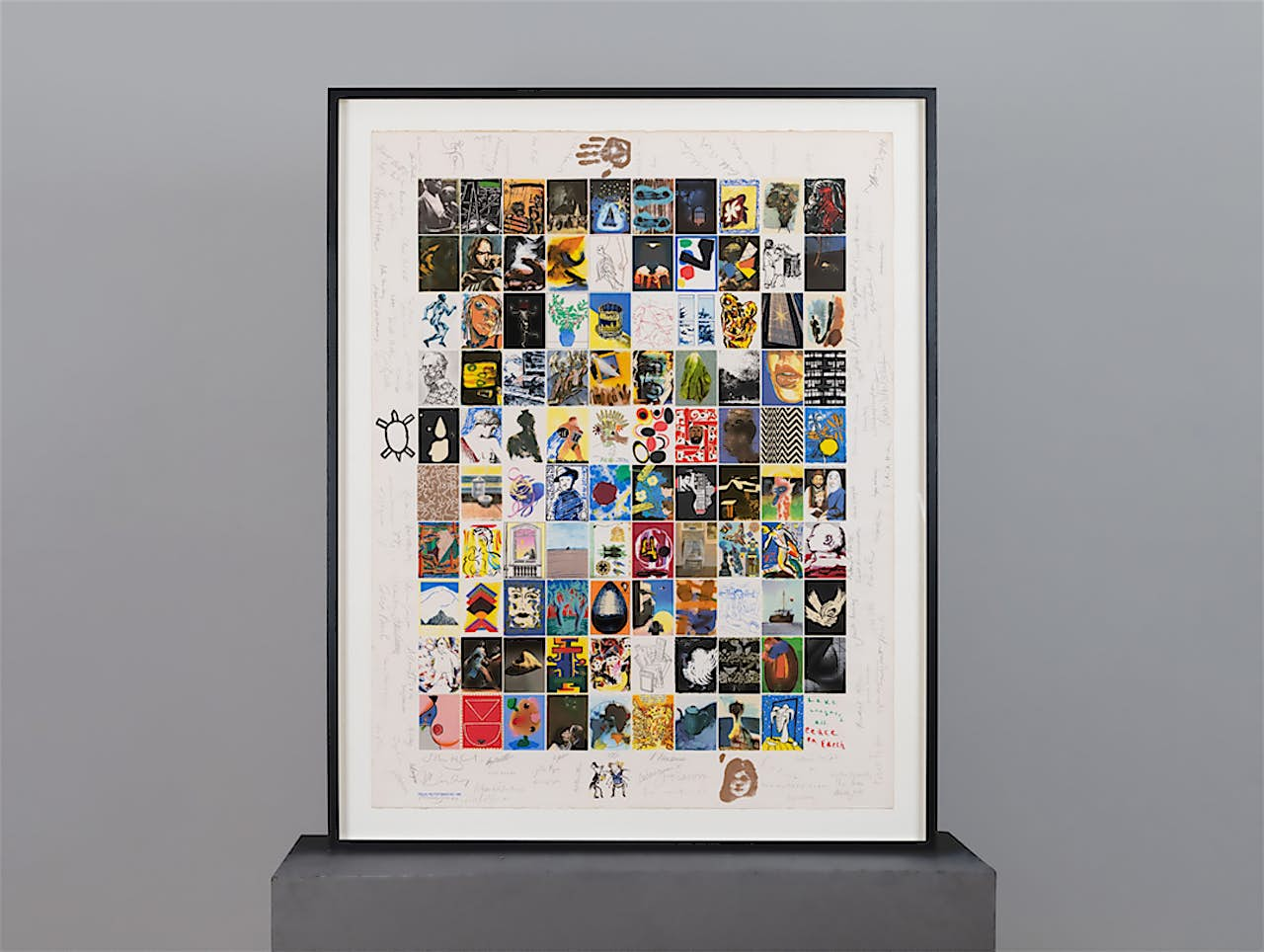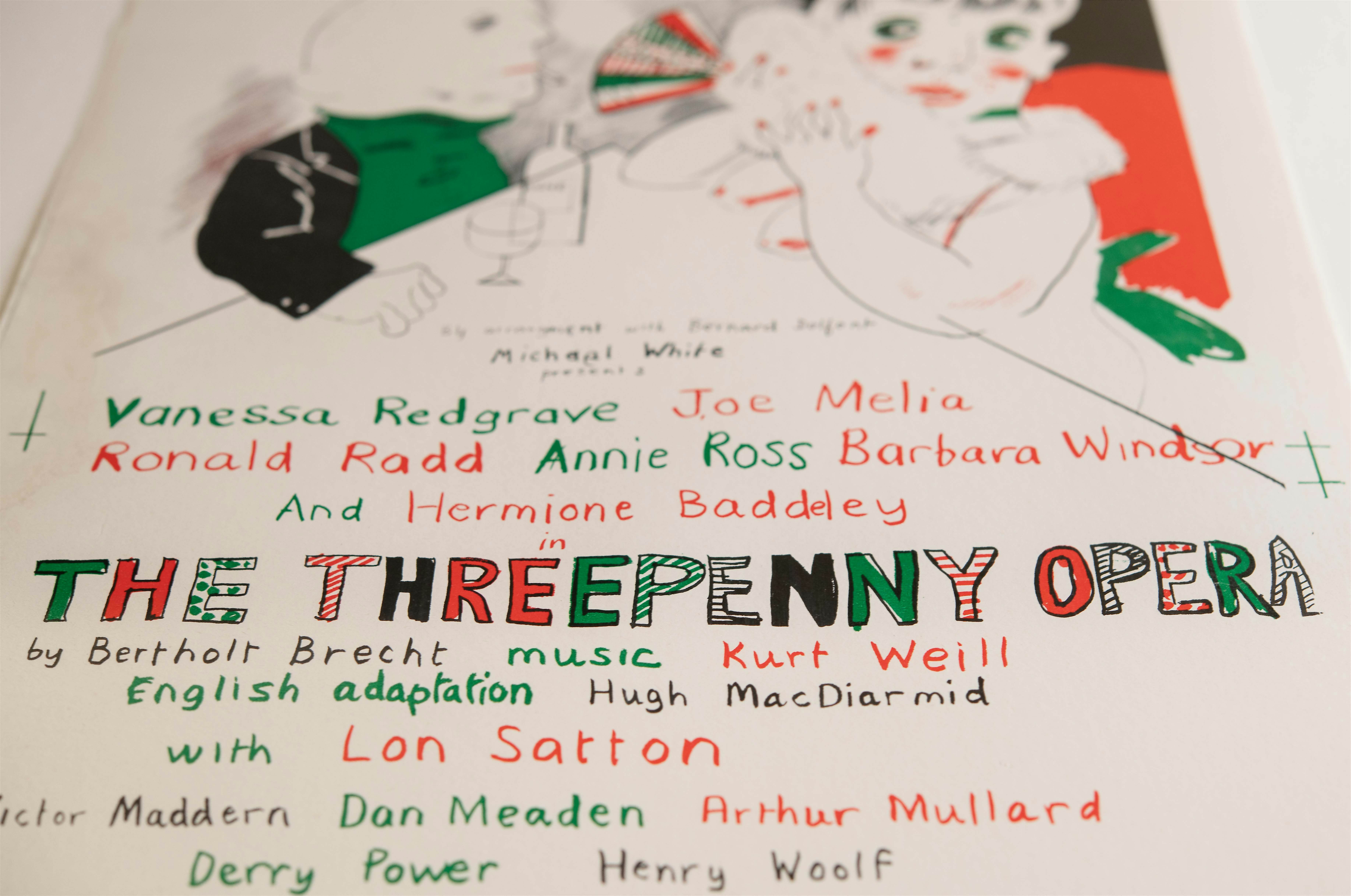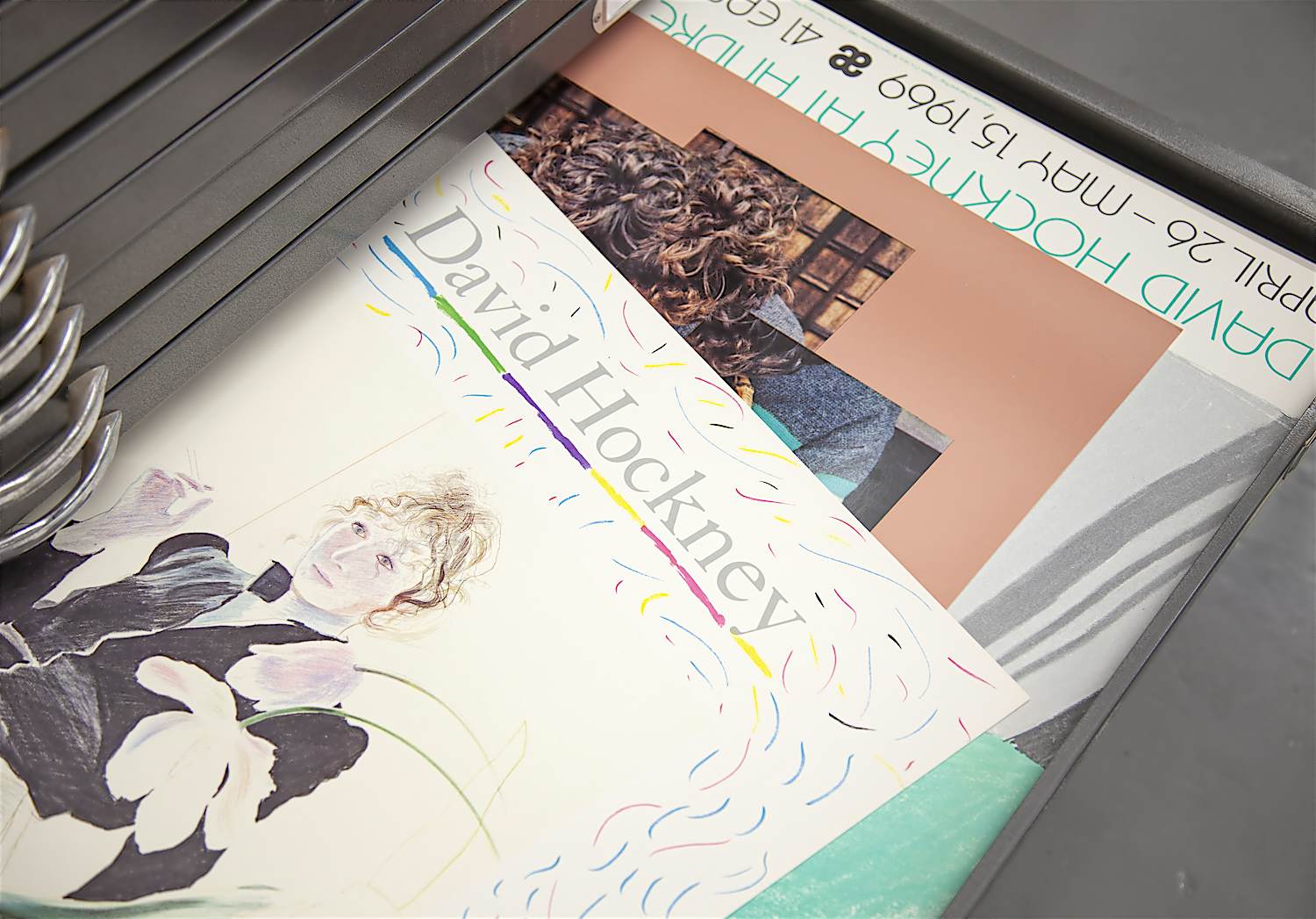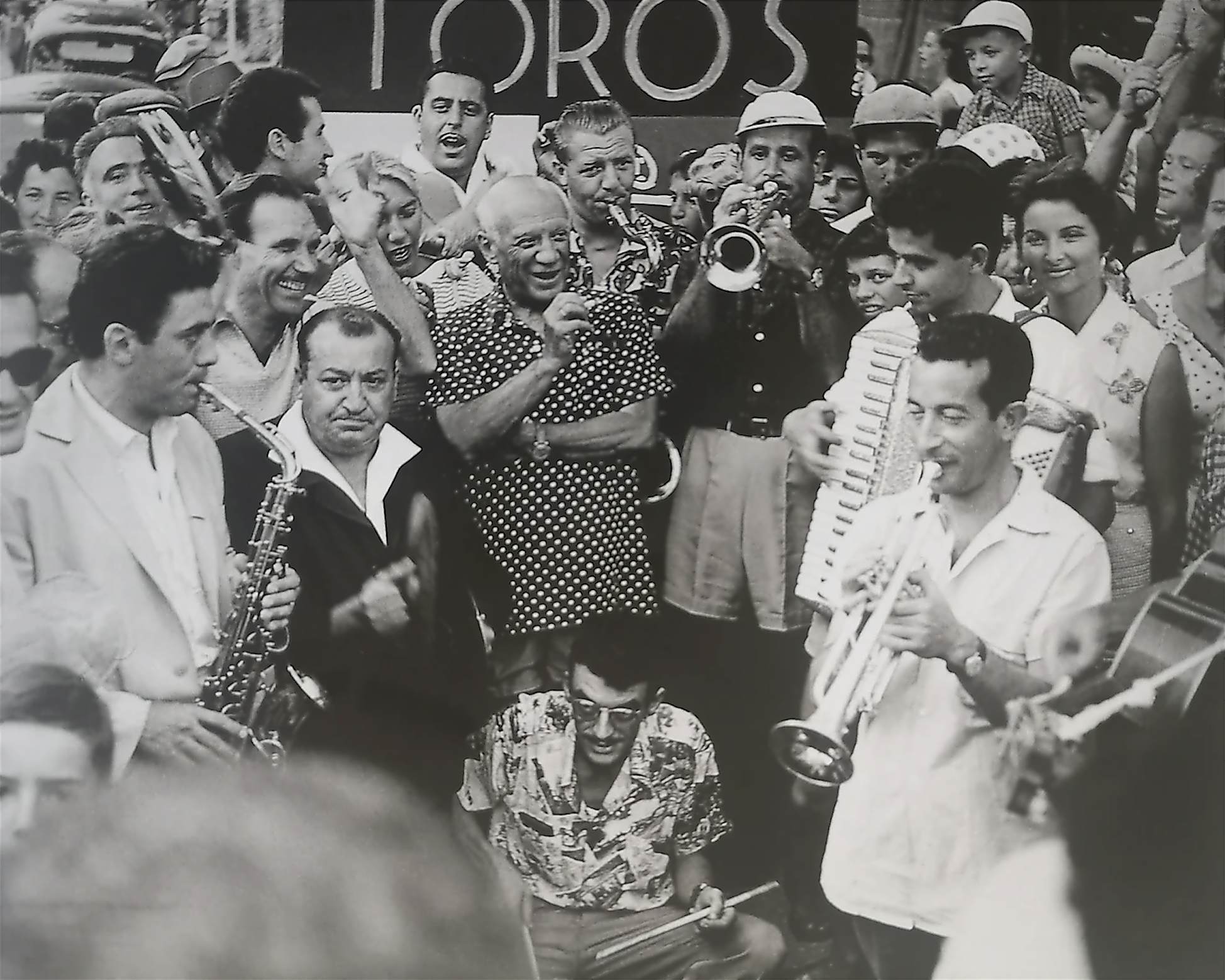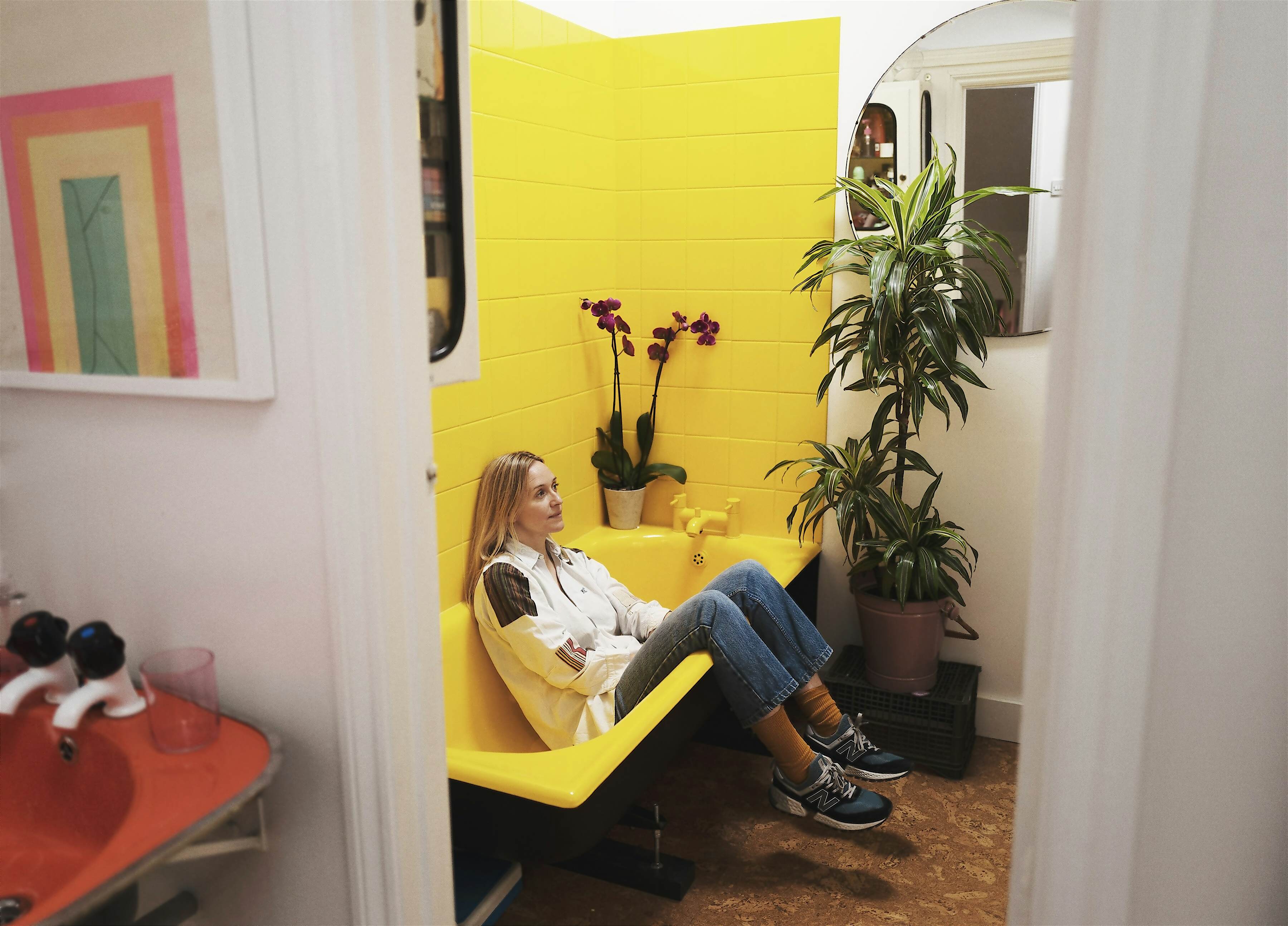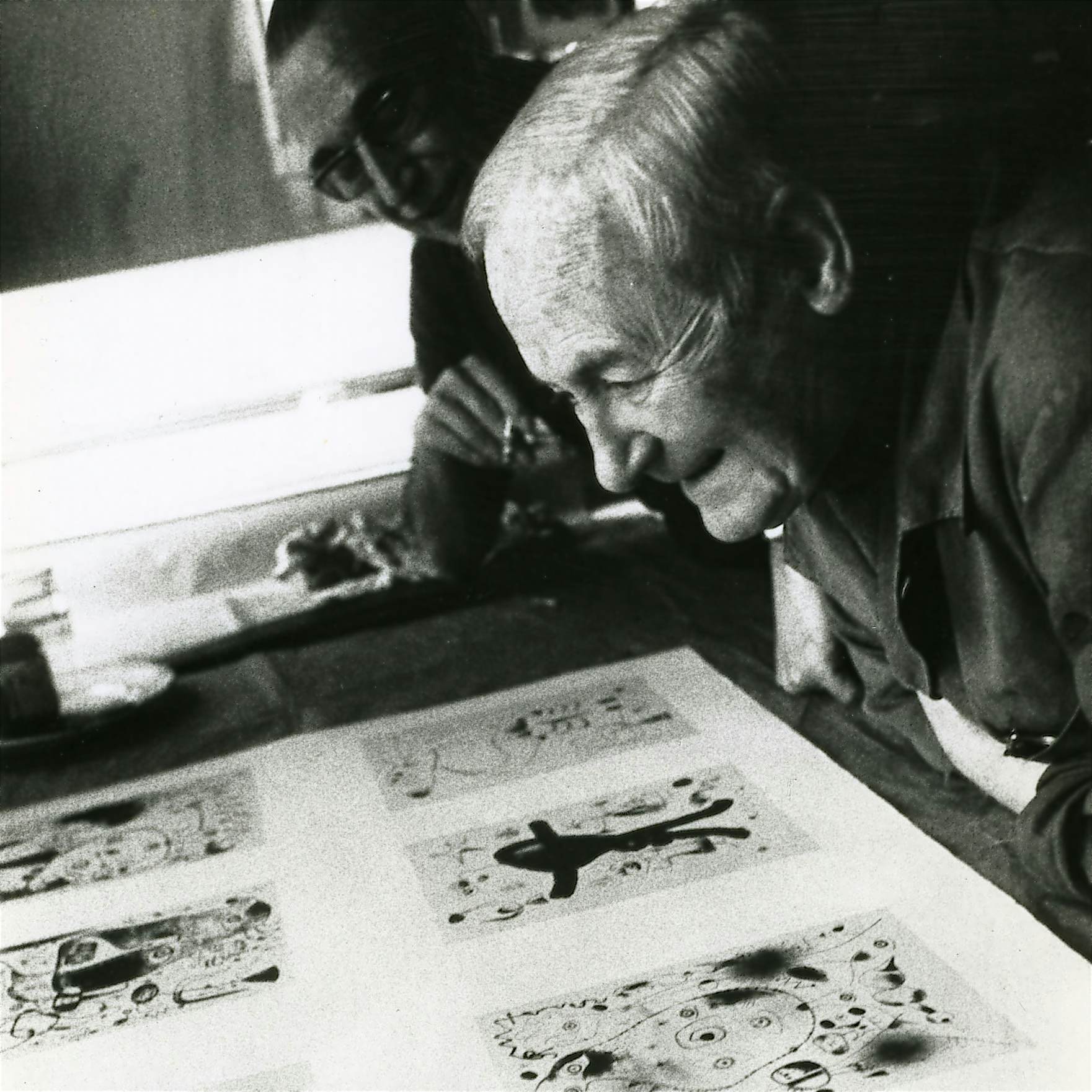Meet Manchester light installation artist Liz West
Suggested filters
Liz West’s relationship with colour and light began at the age of three when her artist mother let her make little stained glass windows using coloured inks and PVA glue. These early experiments went on to inform the monumental installations she is well known for creating across the UK today.
We caught up with the celebrated artist to discuss her fascinating artistic practice and the newly-available limited-edition prints of her imaginative sculptural drawings.
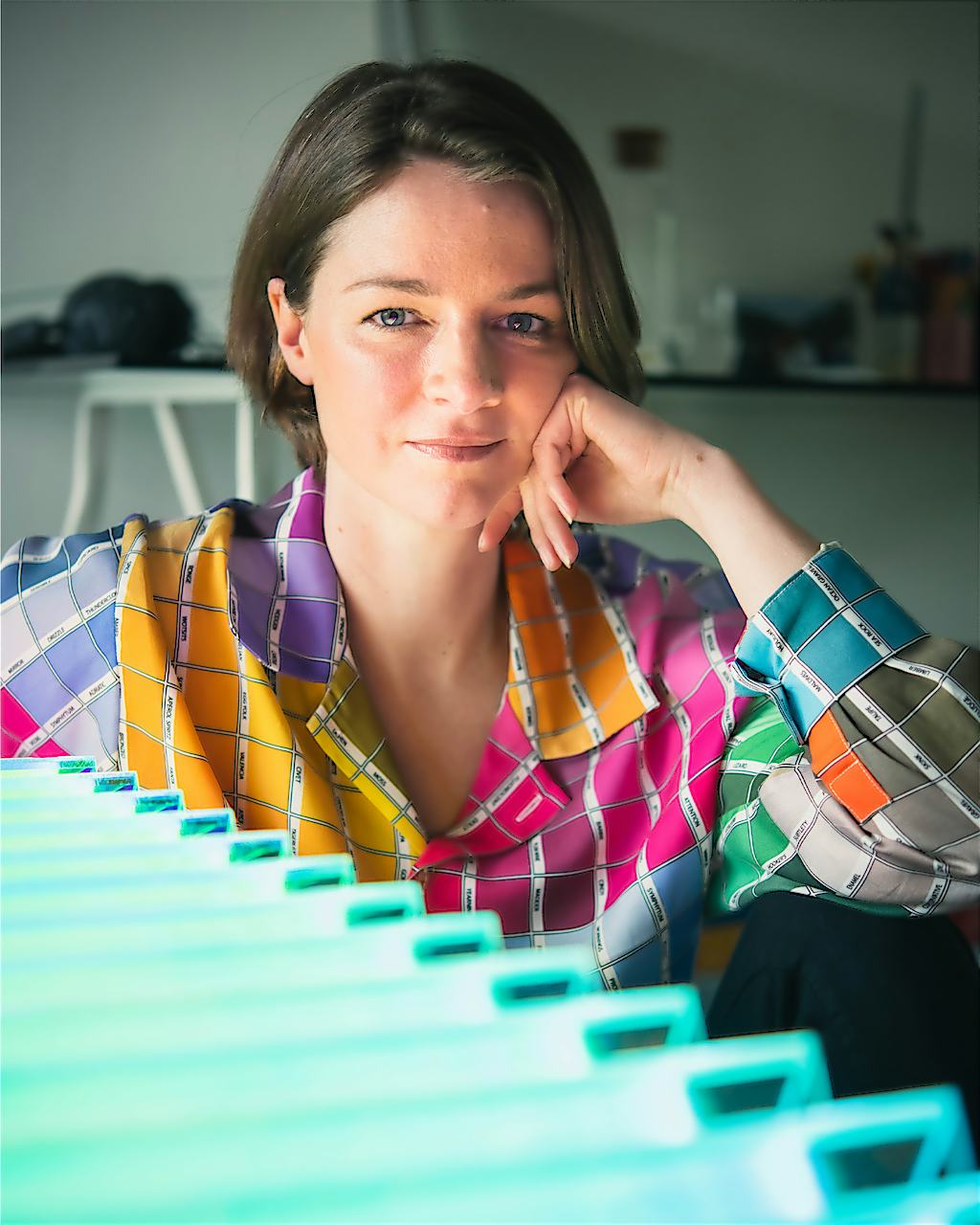
Q: Hi Liz, could you tell us about your journey to becoming an artist?
A: I was always surrounded by art growing up. Both my parents worked as artists and have studios at home. There was never any question in my mind that one day I would become an artist too.
Going through art school was both challenging and enjoyable, and my parents always encouraged and nurtured my interests. I ended up going to Glasgow School of Art and being in that amazing city was great – that’s where I found my passion for light and colour together.
Q: What intrigues you most about the relationship between light and colour in your work?
A: When I first started playing with additive mixing – which is the mixture of coloured light rather than the mixture of pigments – I was really interested in how it could completely change your perception of a space.
My investigations were all about immersing the viewer in an environment that could be changed completely by putting reflective or refractive objects in the space; like mirrors, or other light sources, or dichroic materials (materials that cause visible light to be split up into distinct beams of different wavelengths). I was enchanted by all of the possibilities.
For me, it’s not just about the colouration and effect of light. The architecture and details of the space also help inform the work.


‘For as long as I can remember, whenever I have seen anything with more than one colour, I have felt compelled to separate it into its component parts.’
Liz West


Q: What are your earliest memories of light play?
A: I remember being about three-years-old playing in my mum’s studio, sitting at a little desk, and being allowed to play with her art materials. I vividly remember mixing inks and PVA glue together. I made stained glass windows by spreading out this liquid colour onto acetates, letting them dry, peeling them off, and then sticking them onto my bedroom window.
They were early investigations into exactly what I’m doing now. I’ve always been obsessed by colour. For as long as I can remember, whenever I have seen anything with more than one colour, I have felt compelled to separate it into its component parts.
Q: You often design installations that have a relationship with a specific location. Could you explain the process of forging art in this way?
A: When I am invited to make a new artwork in a new space, I always undertake a site visit. It enables me to digest what’s around me, taking onboard every little detail.
I also observe how you move around the space, what light there is in the space, how big the space is – I memorise photographically as well as taking plenty of documentation. I bring all that information back to the studio with me. Sometimes I print out photographs that I've taken and then work on top of them with ink or collage. Other times, I make maquettes of light and colour inspired by a space.
I have something called Hyperphantasia – which is a lovely word – but, basically, it means I experience extremely vivid mental imagery. I’m able to clearly visualise any space even just based on a description, photographs or film. I can have a very clear image in my mind’s eye of how the work is going to look in a space before it is actually made. I can then start the process of having work made by describing very articulately what’s in my head to fabricators and curators.
Q: Can you tell us a little about the permanent installation you were asked to do for Guy’s Hospital in London?
A: Yes, about two years ago, I was asked to propose a new piece of work for their teenage and young adult cancer ward. The people that come to the hospital are often residential and others are day visitors. I thought it was a really worthy cause, and really poignant to have amazing works of art in that kind of environment. More important than having it in galleries, actually, because your audience is in need of enlightenment; the power of colour and positivity.
At the time, I was working on several pieces in a series and one of those pieces was in collaboration with King & McGaw. It became clear that I could reinterpret, reinvent, and rescale that piece and present it in one of the alcoves at Guy’s but five times larger.
It is the first piece of work people see when they enter that ward, and the last thing they see when they leave. It’s very delicate: it uses dichroic vinyl on clear acrylic and, as you move around it, the colour and its vivacity changes.
It uses the two colour ways – warm and cool – in a really playful zigzag way. It’s called ‘ZigaZig’. It’s a happy piece, but it’s also a meditative piece. And I hope it brings joy to people.


‘A lot of my drawings are completely unimaginable. You could never realise them in physical terms because they’re just straight out of my imagination!’
Liz West


Q: Can you tell us about the role drawing plays in your artistic practice?
A: The drawings that I make are sometimes drawings for the sake of making a drawing, and sometimes they’re drawings for sculptures. They are very playful. Quite a lot of the time I use pigment and inks to layer colour together on the paper to make new colour mixes, and that’s what I’m replicating in my sculpture and installation work.
I’ve found a way of making drawings that represent this really clearly. And often it’s the case of me scanning in these drawings and sending them to curators or commissioners, and then the work is produced.
A lot of my drawings have never been realised and some of them are completely unimaginable. You could never realise them in physical terms because they’re just straight out of my imagination!
Q: How important is the process of constructing your installations? Is it as important as the final piece?
Often the process of making an artwork from conception to completion can take many years. Sometimes it just takes days, it can be really quick. I find that if a work takes too long to transpire, it loses its energy which, I think you can see in the final work.
It all depends on the situation of the artwork. If it’s for a commission or piece of public art, then it has to be put in front of a lot of decision makers. Hurdles arise and compromises have to be made. Sometimes, I haven’t been able to use certain materials and I have to be realistic about what a material can deliver – its longevity, or its sustainability, for example. Sometimes, you have to think about structural engineering, architects, risk assessments, and write method statements. You stop being an artist and you start being a project manager and, for me, there’s not much fun involved in that.
In my experience, working in galleries is slightly easier. I think that’s why I’ve enjoyed working with King & McGaw because the new limited edition prints are of a domestic scale.

Q: Can you tell us about your upcoming launch of limited edition prints with King & McGaw?
A: I’m really excited about the prints. It has given me an opportunity to make pieces that are domestically scaled. I’ve spent a lot of time in the last few years making monumental things. A lot of people see them within the public realm, but I’ve wanted for a long time to focus on making smaller work because, if you go see one of my larger artworks, there’s no way you could put one in your home.
The new limited edition prints are a way of people being able to own a piece of my artistic practice. Initially, I brought samples and materials to King & McGAw and said, ‘Look, this is what I really love. This is what I’m fascinated by. How can we put this together?’
The team has been super supportive. Together, we’ve thought about techniques and methods that have allowed me to be completely free, which has been amazing.
It’s also just really nice working in a team. I usually spend a lot of time working alone in my studio. It can be a lonely pursuit. To be involved in a project like this where great minds think alike and come together it’s been super nurturing. I really love the results.
